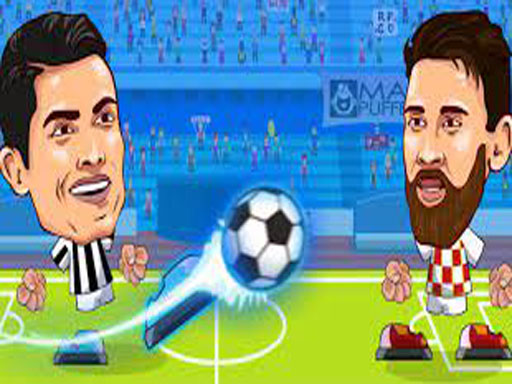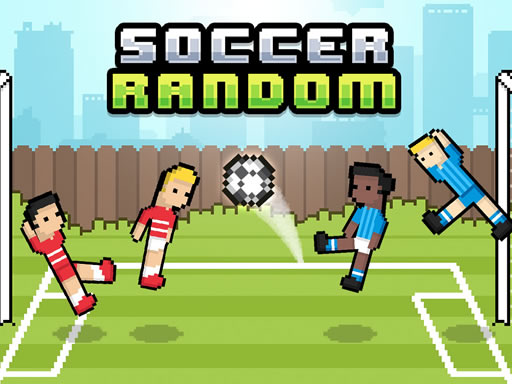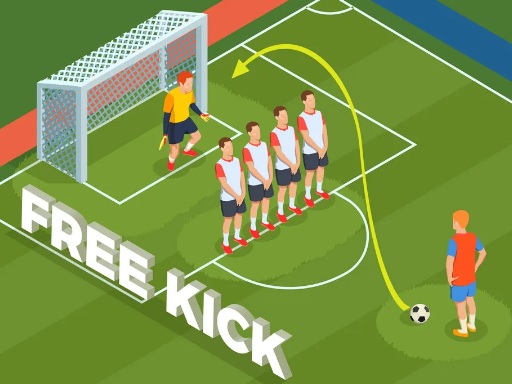In soccer, “the end of 90” refers to the conclusion of the regular 90 minutes of play in a match. A standard soccer game is divided into two halves, each lasting 45 minutes, with a 15-minute halftime break in between. When the cumulative time of these two 45-minute halves reaches 90 minutes, it marks the end of the regular playing time.
At the end of 90 minutes, several things can happen depending on the nature of the competition:
Determination of the result: If one team has scored more goals than the other at the end of 90 minutes, that team is declared the winner, and the losing team is, of course, the loser. If both teams have scored an equal number of goals, the match is considered a draw.
Extra time or overtime: In some competitions, especially knockout rounds (such as in the World Cup knockout stage or Champions League knockout rounds), if the score is tied at the end of 90 minutes, an additional 30 minutes of play (divided into two 15-minute halves) called extra time or overtime may be played to try to determine a winner.
Penalty shootout: If the score remains tied even after extra time, a penalty shootout is often used to decide the winner. Each team takes a series of penalty kicks, and the team that scores more penalties emerges victorious.
Final result: In league competitions where a draw is an acceptable result (and there is no need to determine an outright winner on the day), the teams may simply share the points (usually one point each) at the end of 90 minutes if the score is level.
For more Soccer Legends, you can visit this address:https://soccer-legends.org/














